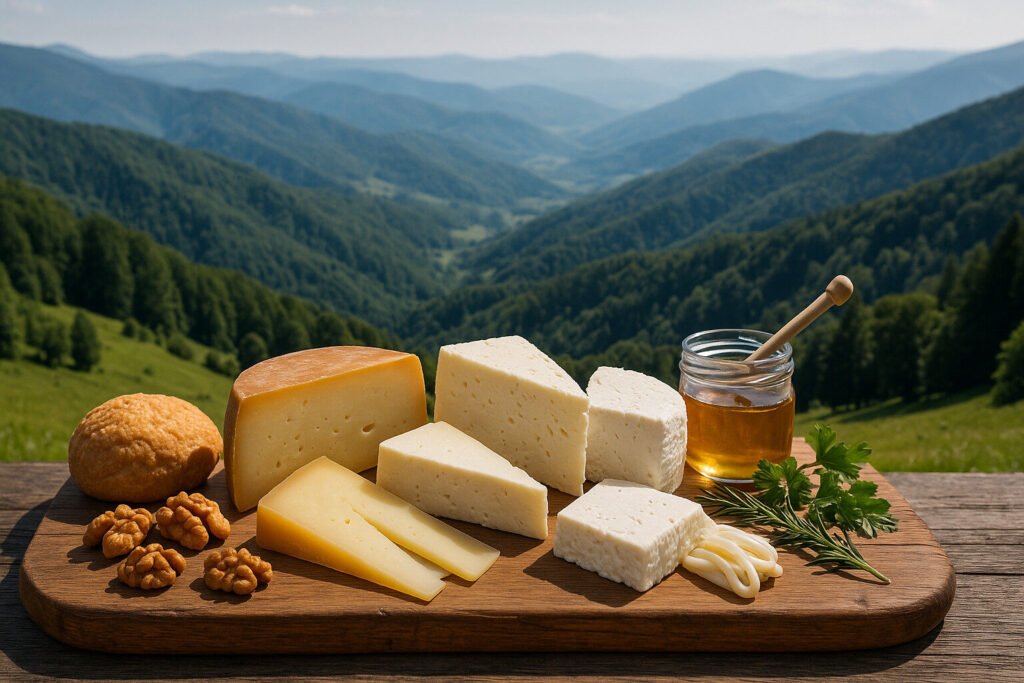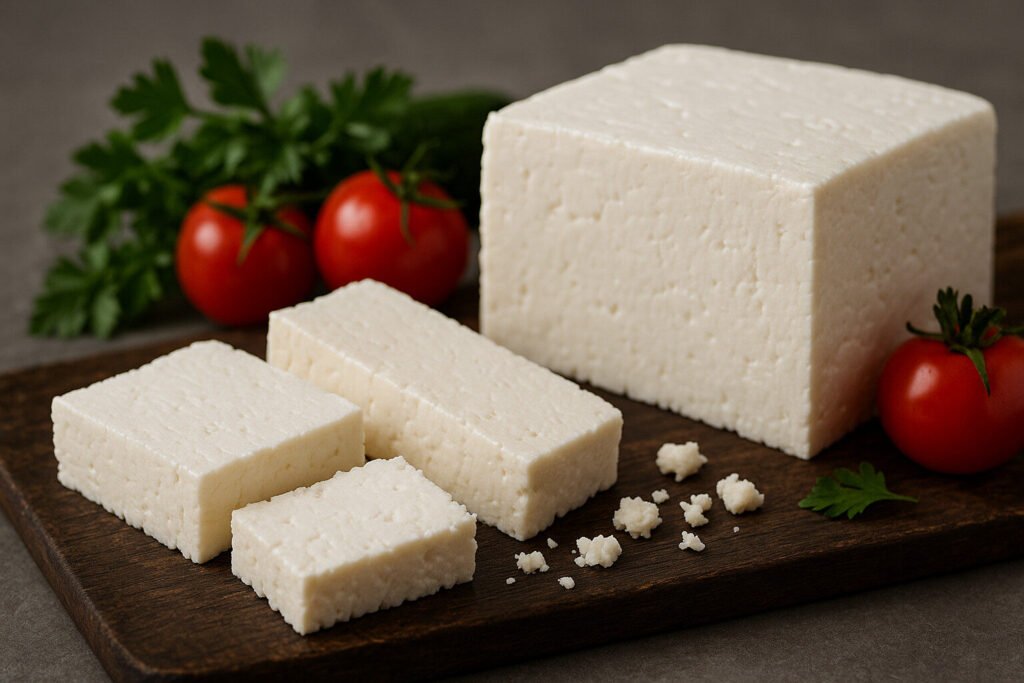Cheese Of Carpathian Region
Definition and Scope
Carpathian Region cheeses originate from the mountainous arc spanning Central and Eastern Europe. This designation encompasses traditional dairy products from countries like Romania, Poland, Slovakia, and Ukraine. These cheeses reflect distinct pastoral traditions and local biodiversity.
They are categorized by production methods such as brining, smoking, or aging in mountain caves. Many are made from sheep’s milk, cow’s milk, or mixed milks. The region’s cheeses represent a vital component of its cultural and culinary heritage.
Production Techniques
Traditional methods often involve raw milk and natural rennet from animal sources. Cheesemaking frequently occurs in small-scale mountain huts or pastoral settlements. These techniques have been passed down through generations with minimal industrialization.
Common processes include curd cooking, pressing, and brining in saltwater solutions. Some varieties undergo smoking over local hardwoods for preservation and flavor. Aging might occur in natural limestone caves that provide ideal humidity and temperature conditions.
Sensory Profile
Carpathian cheeses typically exhibit robust, earthy flavors with pronounced saltiness. Texture ranges from semi-soft to hard depending on aging duration and milk type. Many develop complex nutty or slightly piquant notes during maturation.
Sheep’s milk varieties often show distinctive gamey and herbal undertones. The rinds may carry impressions of the natural environments where they age. These sensory characteristics make them easily distinguishable from other European cheese families.
Culinary Applications
These cheeses serve both as table cheeses and cooking ingredients in regional cuisines. They are commonly grated over traditional dishes like polenta or stuffed into pastries. Their bold flavors stand up well to hearty mountain fare and local wines.
Many varieties are essential components of national dishes such as Romanian “mămăligă cu brânză”. Their melting properties make them suitable for baked dishes and sauces. They are also enjoyed simply with bread and traditional spirits.
Regional Examples
Notable examples include Poland’s Oscypek, a smoked sheep’s milk cheese with protected designation. Romania contributes Telemea, a brined cheese similar to feta but with local characteristics. Slovakia produces Parenica, a steamed and smoked cheese formed into distinctive spirals.
Ukrainian Carpathian cheeses include Bryndza, a soft, spreadable sheep’s milk variety. Each subregion maintains unique specialties reflecting local customs and available pasture. These products often hold protected geographical status within the European Union.


